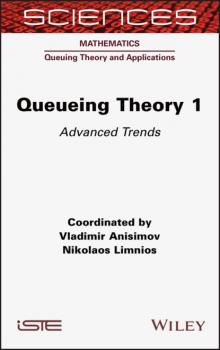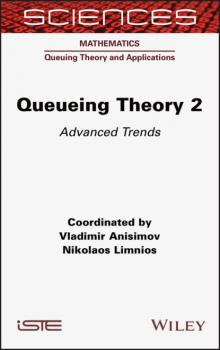ТОП просматриваемых книг сайта:
Nikolaos Limnios
Список книг автора Nikolaos LimniosАннотация
The aim of this book is to reflect the current cutting-edge thinking and established practices in the investigation of queueing systems and networks. This first volume includes ten chapters written by experts well-known in their areas. The book studies the analysis of queues with interdependent arrival and service times, characteristics of fluid queues, modifications of retrial queueing systems and finite-source retrial queues with random breakdowns, repairs and customers’ collisions. Some recent tendencies in the asymptotic analysis include the average and diffusion approximation of Markov queueing systems and networks, the diffusion and Gaussian limits of multi-channel queueing networks with rather general input flow, and the analysis of two-time-scale nonhomogenous Markov chains using the large deviations principle. The book also analyzes transient behavior of infinite-server queueing models with a mixed arrival process, the strong stability of queueing systems and networks, and applications of fast simulation methods for solving high-dimension combinatorial problems.
Аннотация
The aim of this book is to reflect the current cutting-edge thinking and established practices in the investigation of queueing systems and networks. This second volume includes eight chapters written by experts wellknown in their areas. The book conducts a stability analysis of certain types of multiserver regenerative queueing systems; a transient evaluation of Markovian queueing systems, focusing on closed-form distributions and numerical techniques; analysis of queueing models in service sectors using analytical and simulation approaches; plus an investigation of probability distributions in queueing models and their use in economics, industry, demography and environmental studies. This book also considers techniques for the control of information in queueing systems and their impact on strategic customer behavior, social welfare and the revenue of monopolists. In addition, applications of maximum entropy methods of inference for the analysis of a stable M/G/1 queue with heavy tails, and inventory models with positive service time – including perishable items and stock supplied using various algorithmic control policies ((s; S); (r;Q), etc.).




